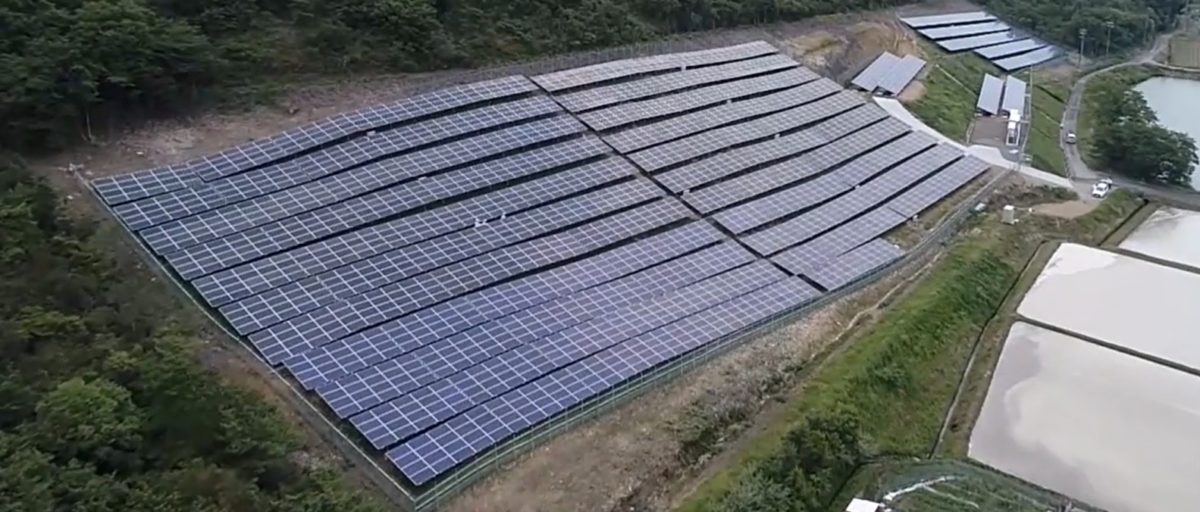CubicPV announced plans to establish 10 GW of conventional mono wafer capacity in the United States. Driven by incentives in the Inflation Reduction Act, the wafers produced by the new facility could fill a void in the domestic supply chain as well as create 1,500 new direct jobs.
“The IRA represents a titanic shift in the global solar landscape, and the U.S. is poised to become the world’s most competitive location to manufacture solar. We’re excited to have a role in the U.S. manufacturing renaissance while accelerating our business plan and supporting the development of our next generation tandem module technology,” said Frank van Mierlo, CEO, Cubic.
CubicPV was formed last year from the merger of Hunt Perovskite Technologies and 1366 Technologies, a company that was founded in 2008 and headquartered in Bedford, Mass. 1366 Technologies was known for its direct wafer technology, which forms wafers directly, using molten silicon, instead of silicon ingots sawn into wafers. The advantage is less loss because it uses a kerfless wafer production that does not require silicon ingots to be sawn into wafers, a time-consuming process that wastes material as silicon dust. Instead, 1366’s technology forms wafers directly, using molten silicon.
Founded in 2013, Texas-based Hunt Perovskite Technologies specializes in metal halide perovskite in single-junction solar panels for the utility-scale market. By merging Hunt with 1366, the result was a new production process that combines 1366’s direct wafer process and Hunt’s printed perovskite solar photovoltaic technology.
While CubicPV reports that its new factory will produce conventional silicon wafers, the company said it will continue research and development of its tandem modules, which reportedly offers more than 30% greater efficiency than the highest efficiency conventional modules. The design stacks two solar cells, with silicon on the bottom, powered by CubicPV’s Direct Wafer technology, and perovskite on the top, the company claims that the tandem design “will dramatically increase the power of every acre of solar deployed.”
CubicPV has not yet chosen a site for its U.S. facility, but says the design has begun. The company expects to finalize the site choice in Q1 2023. Construction is anticipated to be completed in 2024 with the factory fully ramped in 2025.
“The Solar Energy Manufacturers for America (SEMA) Coalition applauds CubicPV for bringing the first global-scale wafer manufacturing facility to the United States,” said Mike carr, executive director of the Solar Energy Manufacturers for America (SEMA) Coalition. “Their planned 10 Gigawatt facility to manufacture conventional mono wafers will serve as a major catalyst in our efforts to create a fully American solar supply chain.”
CubicPV recently attracted new investors including Synergy Capital and SCG Cleanergy, in support of Its silicon perovskite tandem module development, and reports that it raised $26M in Series B financing. Synergy and SCG were joined by return lead investors including Breakthrough Energy Ventures and Hunt Energy Enterprises.
“This is the proverbial win-win scenario,” said Carmichael Roberts from Breakthrough Energy Ventures. “Cubic has the opportunity to become a leader in U.S. wafer manufacturing for the current generation of solar technologies while also continuing to develop the next generation in tandem cells and direct wafer manufacturing. This is a powerful combination that should set the course for the U.S. to be a global leader in solar innovation while also establishing a robust manufacturing base and secure supply chain for this critical industry.”
The U.S. factory is the first for CubicPV in the U.S., but not the first announced by 1366 or CubicPV to be built in other parts of the world. In 2019, 1366 Technologies and Hanwha Q Cells announced a 700 MW supply agreement, which included constructing a wafer factory near Hanwha’s existing cell and module factory in Malaysia to facilitate direct wafer delivery to the Korean manufacturer. In April of this year, CubicPV announced a deal to supply 1 GW of direct wafer silicon solar cells per year to Indian manufacturer Waaree Energies under a five-year contract. The cells will be supplied from what was then announced as an upcoming 2 GW factory in India.
Mike Carr noted that the SEMA Coalition members told Congress that if they got the right policy support, “they would build a strong, secure, and resilient solar manufacturing supply chain – from polysilicon through module manufacturing – to meet our current and future deployment needs, achieve our ambitious climate goals, and create manufacturing jobs across the country. Today’s announcement is proof that the Inflation Reduction Act is working, and we know many more such announcements will follow.”
This content is protected by copyright and may not be reused. If you want to cooperate with us and would like to reuse some of our content, please contact: editors@pv-magazine.com.









By submitting this form you agree to pv magazine using your data for the purposes of publishing your comment.
Your personal data will only be disclosed or otherwise transmitted to third parties for the purposes of spam filtering or if this is necessary for technical maintenance of the website. Any other transfer to third parties will not take place unless this is justified on the basis of applicable data protection regulations or if pv magazine is legally obliged to do so.
You may revoke this consent at any time with effect for the future, in which case your personal data will be deleted immediately. Otherwise, your data will be deleted if pv magazine has processed your request or the purpose of data storage is fulfilled.
Further information on data privacy can be found in our Data Protection Policy.